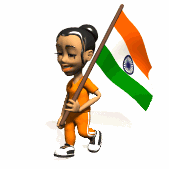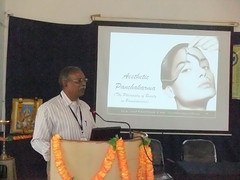Introduction to Evidence Based Panchakarma
TechnoAyurveda Lovers
- 454,757 Visitant You are!
Attention Please

Techno Pages
- 100Qs Allopathy Alternative Aromatherapy Article Astral Astrology AyurAnatomy Magazine Ayurveda Ayurveda Update Bhaishajya Kalpana Career Conceptual Foundations Contemporary Cook Books Cosmology Diabetes Dictionary Discussions Disease Dravyaguna Education Events Exercise Festival Gerontology Hospital-Patient Management Hot Topics Indian Medicine Info Jyotish Kaumara Bhritya Kayachikitsa KSR Prasad Leadership Manas Mano Vijnanam Massage Medical Marvels Meditation Men's Nanoscience Novel Nutrition Obesity Panchakarma Philosophy Phytotherapy Poll Ayurveda Prasuthi Rasa Shastra Rasayana Reflexology Rejuvenation Research Roganidana Samhita Sexology Sexotronics Sexotronics-Sexual Health Shalya Shareera siddhanta Spirituality Swasthavritta technoayurveda Telugu Vagbhata Vajikarana Women World Day Yoga
Past pages
TechnoAyurveda Provides
Get Your CCIM Central Registration Number Here
Accreditation Program for AYUSH Hospitals
Donate Blood ! Save a life !
Indian database of blood donors - Donate Blood ! Save a life !
Click below "Blood Helpers" Logo to Register
Techno Ayurveda Visitors

Disclaimer:
Information presented on this website is a collection from net or presented by the Individuals, considered public information (unless otherwise noted) and may be distributed or copied (unless objected). The information or ideology of the articles placed here are exclusively opinions of individuals. Please note Technoayurveda do not control and cannot guarantee the relevance, timeliness, or accuracy of these materials. No responsibility is taken for any by any means. Technoayurveda reserves the right to block/ remove without notice any content received from users.
Indexed links to content is provided by various sites. Copyright of such books goes to its respective owners and we provide you with free download links of ebooks available in world wide web. This is for educative purpose and comes under fair use. So if there is any complaint regarding books copyright, Contact book hosting servers for the removal of the book rather than us.
Unauthorized attempts to upload information or change information on this website are strictly prohibited and may be punishable under the Computer Fraud and Abuse Act. Kindly do not post any abusive, defamatory, infringing, obscene, indecent, discriminatory or unlawful material or SPAM.-
Join 476 other subscribers
Technoayurveda Blog
Contribute 2 Technoayurveda
Dear friends,
With your interest and Involvement, Techno-Ayurveda became one of “Top 10 Ayurveda Sites”. Introduce your friends and students to Techno-Ayurveda, Ayurveda-Online and Ayurveda Research, to enrich the content and Ayurveda propagation. Now, you can subscribe the site to know the latest entries. I request your involvement further by adding your presentations, papers, photos, videos, discussions, etc - send them for uploading to technoayurveda@gmail.com or technoayurveda@yahoo.com
Thank you & Good Luck.Ayurmitra technoayurveda Dr.K.S.R.Prasad
Technoayurveda Photos



































